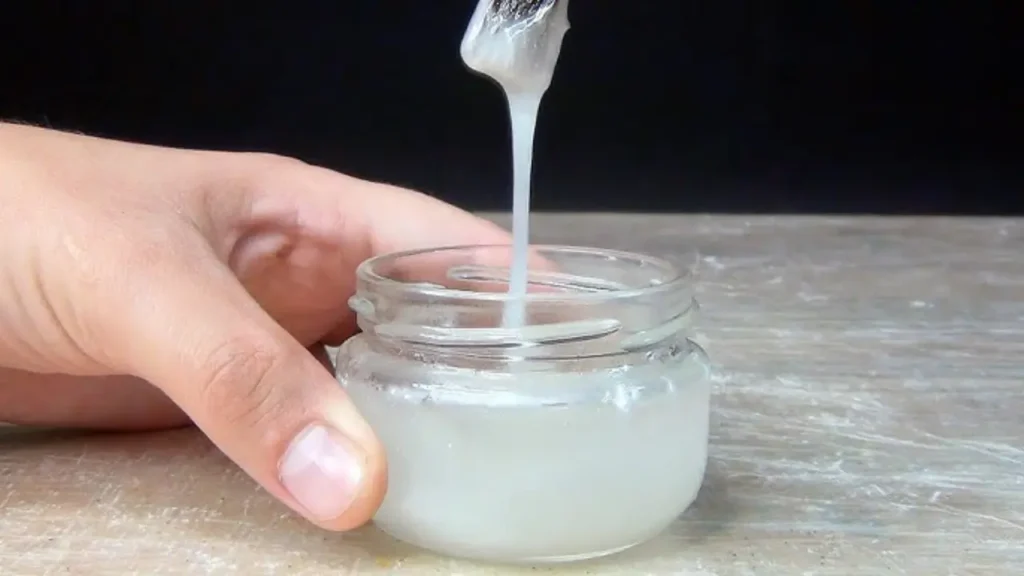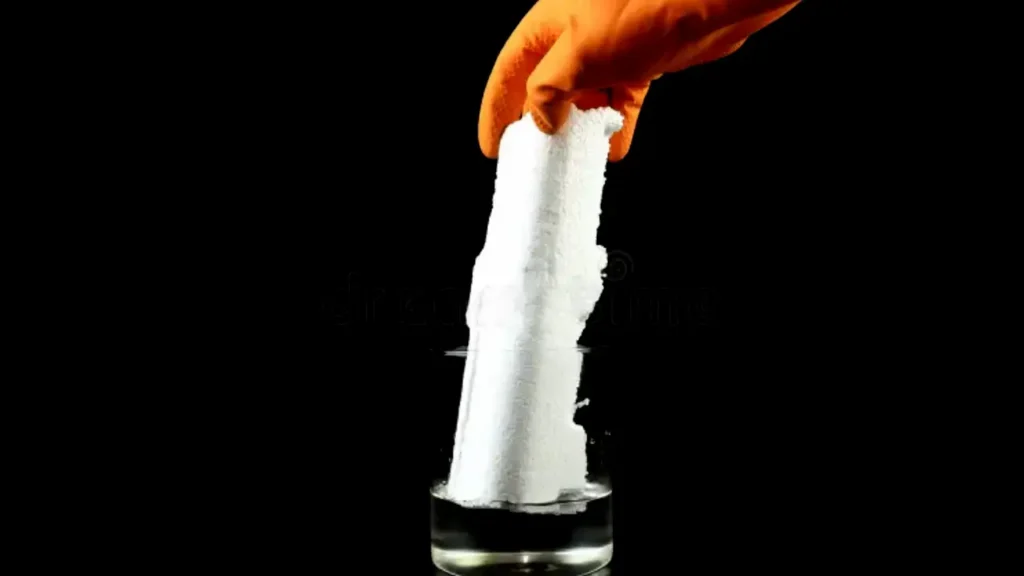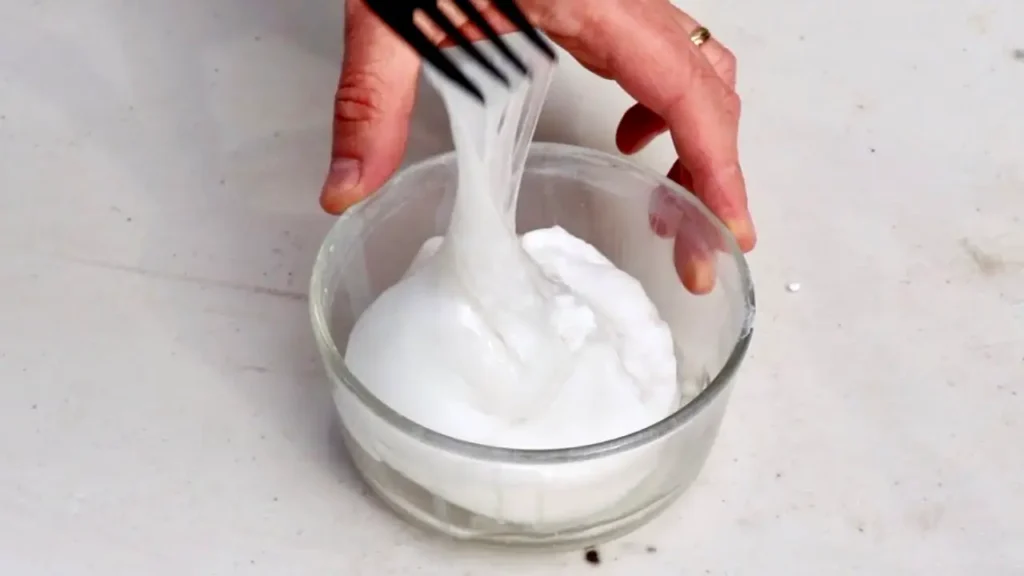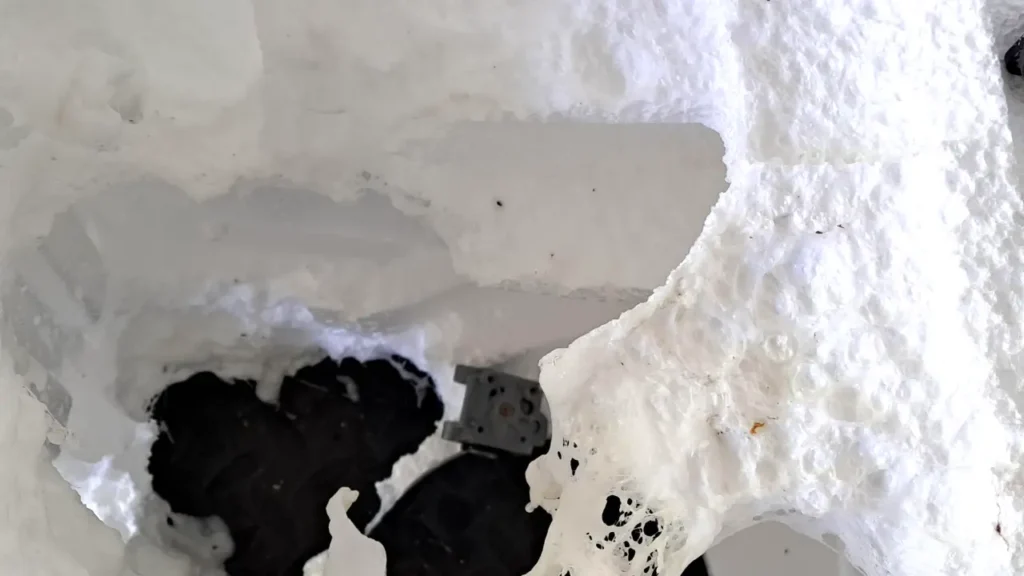Styrofoam, or expanded polystyrene (EPS), is a ubiquitous material known for its lightweight and insulating properties. However, its durability makes it a long-lasting environmental pollutant. While recycling options are limited, there are methods to safely dissolve styrofoam, reducing its volume and simplifying disposal.
This blog explores the chemical processes behind dissolving styrofoam, highlighting common household solvents and industrial-grade solutions. We will guide you through the necessary safety precautions and discuss the environmental implications, helping you manage this stubborn material responsibly.
What Dissolves Styrofoam?

What liquid dissolves styrofoam?
Discovering what dissolves Styrofoam is key to managing this bulky waste. While it seems indestructible, several common substances can break it down efficiently. This process reduces its volume, making disposal or further processing much simpler and more manageable.
- Gasoline: As a petroleum-based product, gasoline contains hydrocarbons that are excellent solvents for polystyrene. However, its flammability and strong fumes make it a dangerous and less recommended option for dissolving styrofoam, except in controlled environments.
- Acetone: A common chemical found in nail polish remover. Acetone breaks down the long polymer chains of polystyrene, causing the styrofoam to rapidly collapse into a thick liquid. It’s a highly effective and fast-acting solvent.
- Limonene: A natural, citrus-based solvent derived from orange peels. Limonene is an eco-friendly option that effectively dissolves styrofoam. It is a powerful degreaser and is often used in industrial cleaning products.
Why Does Styrofoam Dissolve in Acetone?
Styrofoam is a brand name for expanded polystyrene (EPS), a plastic polymer with a chemical structure that is highly susceptible to certain solvents. The principle behind why Styrofoam dissolves in acetone is “like dissolves like.” Acetone is a non-polar organic solvent, and polystyrene is also a non-polar organic polymer.
When the Styrofoam is submerged in acetone, the acetone molecules break down the weak intermolecular forces holding the long polystyrene polymer chains together. This process releases the vast amount of air trapped within the foam’s structure (Styrofoam is about 95% air), causing the material to rapidly collapse into a thick, gooey sludge of concentrated polystyrene and acetone. This is a physical dissolution, not a chemical reaction, meaning the polystyrene itself remains chemically intact and can be recovered if the acetone evaporates.
Does Styrofoam Dissolve in Water?

No, Styrofoam does not dissolve in water. This is because Styrofoam, or expanded polystyrene, is a non-polar polymer, while water is a polar solvent. The “like dissolves like” principle of chemistry dictates that a non-polar substance will not dissolve in a polar substance. Therefore, water simply coats the Styrofoam without breaking down its molecular structure, leaving the material intact.
- Biodegradable Alternatives: Some packing peanuts, which look like Styrofoam, are actually made of starch and will dissolve in water. These are a different material and not true Styrofoam.
- Polarity Mismatch: The fundamental reason is the chemical incompatibility between the two. Water’s polar molecules cannot effectively break the bonds holding the non-polar polystyrene chains together.
- Density: Because Styrofoam is mostly air, it is less dense than water and floats. This physical property further prevents the water from having any significant effect on the material.
How to Dissolve Styrofoam?

Discovering how to dissolve Styrofoam is a practical skill for waste management. This guide outlines a safe and effective process, using readily available materials to dramatically reduce the volume of this stubborn plastic for easier disposal.
Step 1: Prepare Your Workspace
Before you begin, ensure your workspace is well-ventilated and clear of any flammable materials. Lay down a protective sheet, such as a tarp, to prevent spills from damaging the surface underneath. Gather all your necessary materials, including the chosen solvent, a metal or glass container, and personal protective equipment.
The importance of a safe environment cannot be overstated. Working in an open area or under a fume hood is crucial to avoid inhaling the strong chemical vapors. Having a well-prepared space minimizes risks and ensures a smooth process.
Step 2: Put on Protective Gear
Personal safety is paramount when handling chemical solvents. Always wear gloves that are resistant to the solvent you are using, as well as safety goggles to protect your eyes from splashes. A respirator or face mask is also highly recommended to prevent inhalation of fumes.
Wearing the correct personal protective equipment (PPE) safeguards you against potential skin irritation, chemical burns, or respiratory issues. Taking these simple precautions ensures that you can safely complete the task without any adverse health effects.
Step 3: Add the Solvent
Pour a small amount of your chosen solvent, such as acetone or limonene, into a sturdy, non-plastic container. The container must be made of a material that will not react with the solvent. Begin with just enough solvent to cover the bottom of the container.
Adding a small, controlled amount of solvent at the start allows you to gauge the reaction and manage the process effectively. This method prevents using an excessive amount of solvent and keeps the reaction from becoming too vigorous or difficult to control.
Step 4: Dissolve the Styrofoam
Carefully place small pieces of Styrofoam into the container with the solvent. You will see the Styrofoam begin to dissolve almost instantly, collapsing into a dense liquid or sludge. Continue adding small pieces until the solvent is saturated and no longer dissolves the material.
Adding Styrofoam pieces incrementally allows for better control of the dissolution process. This approach prevents the mixture from overflowing or creating a frothy mess, ensuring that the process remains contained and manageable from start to finish.
Step 5: Dispose of the Waste
Once the Styrofoam is fully dissolved and the solvent is saturated, the resulting sludge must be disposed of properly. Do not pour the mixture down the drain. Follow local regulations for chemical waste disposal, which may involve taking it to a hazardous waste facility.
Proper disposal is a critical final step to avoid environmental contamination. The resulting chemical mixture is considered hazardous and can harm water systems and soil if not handled according to specific waste management protocols.
What to Do With Dissolved Styrofoam?

Dissolved Styrofoam, now a thick, viscous goo, presents a new set of challenges for disposal. This material, essentially concentrated polystyrene and solvent, is classified as a hazardous chemical waste and cannot be simply thrown in the trash or poured down a drain. Proper handling is crucial to avoid environmental contamination and comply with local regulations. The best practices depend on your location and the specific solvent used, but typically involve specialized chemical waste disposal.
- Contact Local Authorities: Always check with your local waste management or environmental agency for specific guidelines. Regulations vary widely, and they can provide the most accurate and safe instructions for disposing of the material in your area.
- Hazardous Waste Disposal: The most common and safest method is to take the dissolved Styrofoam to a local hazardous waste collection facility. These centers are equipped to handle and process such materials safely, ensuring they do not pollute the environment.
- Evaporate the Solvent: In some controlled environments, you can allow the solvent (like acetone) to evaporate, leaving behind solid polystyrene. This solid can then potentially be recycled by specialized facilities that accept concentrated polystyrene.
Uses for Dissolved Styrofoam
After dissolving Styrofoam, the resulting goo isn’t just waste; it’s a versatile material with potential applications. The process essentially creates a concentrated form of polystyrene, which, with proper handling, can be repurposed for various projects. This method not only reduces waste but also gives new life to a non-biodegradable material.
Waterproofing Agent: When mixed with certain other chemicals, the dissolved polystyrene can form a durable, waterproof coating for various surfaces, although this requires careful handling and research to be effective and safe.
Adhesive or Filler: The dissolved styrofoam solution, especially when made with acetone, can be used as a strong, homemade adhesive for plastic or as a filler to seal gaps in non-structural applications.
Polystyrene Recycling: The concentrated goo can be an intermediate step in recycling. The solvent can be evaporated to leave behind solid polystyrene, which can then be melted down and reformed into new plastic products.
Can Fish Oil Dissolve Styrofoam?
Yes, fish oil can dissolve Styrofoam. The principle behind this is “like dissolves like.” Both fish oil and Styrofoam (polystyrene) are non-polar compounds. The specific rate of dissolution depends on the type of fish oil; those with higher concentrations of ethyl esters dissolve Styrofoam faster than triglyceride-based fish oils.
Does Alcohol Dissolve Styrofoam?
No, common alcohols like isopropyl alcohol and ethanol do not dissolve Styrofoam. While some stronger chemicals are effective, the polarity of alcohol doesn’t align with the non-polar nature of polystyrene, so it fails to break down its polymer structure.
Does Bleach Dissolve Styrofoam?
No, bleach does not dissolve Styrofoam. Bleach, a chemical agent for cleaning and disinfecting, is a polar solvent. Since Styrofoam is a non-polar polymer, bleach does not have the chemical properties to break down its structure. It will have little to no effect on the material.
Does Gasoline Dissolve Styrofoam?
Yes, gasoline can dissolve Styrofoam. As a mixture of hydrocarbons, gasoline acts as an effective solvent for polystyrene, the main component of Styrofoam. This process breaks down the foam’s structure, releasing trapped air and turning it into a viscous, gel-like substance. However, due to its extreme flammability and toxicity, using gasoline for this purpose is highly dangerous and not recommended.
Does Hydrogen Peroxide Dissolve Styrofoam?
No, hydrogen peroxide does not dissolve Styrofoam. The chemical properties of hydrogen peroxide, a polar compound, are not compatible with the non-polar nature of polystyrene. Therefore, it lacks the ability to break down the polymer chains of Styrofoam, leaving the material unaffected.
Does Motor Oil Dissolve Styrofoam?
No, motor oil does not dissolve Styrofoam. While both are non-polar, motor oil’s larger molecules are not effective at breaking down the polystyrene polymer chains. Unlike solvents like acetone or gasoline, motor oil will simply coat the Styrofoam without causing it to collapse or dissolve.
Does Spray Paint Dissolve Styrofoam?
Yes, most regular spray paints will dissolve Styrofoam. The solvents and propellants used in aerosol cans, such as acetone or xylene, are highly effective at breaking down the polystyrene polymer chains. This causes the Styrofoam to melt or corrode, leaving a pitted, uneven surface.
Does Nail Polish Remover Dissolve Styrofoam?
Yes, nail polish remover dissolves Styrofoam. The active ingredient in most nail polish removers is acetone, a powerful solvent for polystyrene. When applied, the acetone quickly breaks down the foam’s polymer structure, releasing the trapped air and causing it to collapse into a thick, gooey substance.
Conclusion
Dissolving styrofoam offers a practical solution to a common waste problem. By using appropriate solvents, you can significantly reduce the volume of EPS waste, making it easier to handle and dispose of. Always prioritize safety by wearing protective gear and working in a well-ventilated area. This method provides an alternative when traditional recycling facilities for EPS are not available.
While dissolving styrofoam is effective, it’s not the ultimate solution. A more sustainable approach is to reduce our reliance on styrofoam products and choose reusable alternatives. We must also advocate for better recycling infrastructure and support companies that are developing innovative ways to manage plastic waste.
For businesses looking to handle styrofoam on a larger scale, consider investing in the right equipment. You can find wholesale styrofoam making machines and other related products at Epsole.com. We provide a wide range of solutions to help you manage your production and waste efficiently and responsibly.
